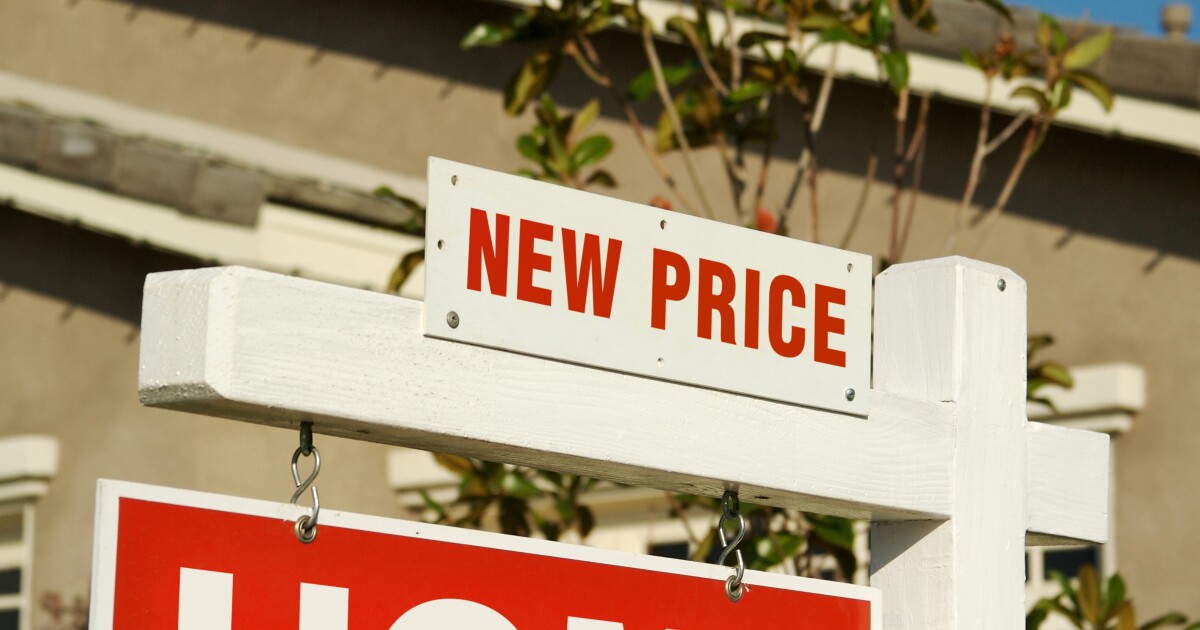
Homebuyers are finding houses more affordable than they were at this time last year, much to the relief of lenders. That should
Consumers
Only
"Mortgage rates have already fallen more than one percentage point from their 2024 peak, but we have not yet seen a significant increase in the number of homes changing hands," said Redfin Senior Economist Elijah de la Campa in a press release. "Of the homes listed this year, many have gone stale because of the lack of demand — especially homes which needed a little extra work."
Besides the mortgage rate environment, Redfin attributed the lack of movement to high prices and low supply of houses for sale.
Affordability improved on an annual basis in August for the first time since 2021, First American Data & Analytics said. The 4.4% improvement in its Real Home Price Index came from two factors: a 3.1% annual rise in nominal household income and a drop of 57 basis points in the 30-year, fixed mortgage rate compared with one year ago.
However, nominal home prices are still expected to increase through the end of 2024 as the supply of homes for sale remains challenged.
The ongoing shortage puts a floor on how low prices can go, Mark Fleming, chief economist at First American, said in a press release. Still, he expects home value growth to return to its historical average of between 3% and 4% by the holiday season in December.
Mortgage rates should continue falling in line with the 10-year Treasury yield. Still spreads between the conforming 30-year fixed and 10-year Treasury remain outsized at 231 basis points on Sept. 27, based on Optimal Blue and Yahoo Finance data.
That actually gives mortgage rates the opportunity to move lower at a faster pace than the 10-year Treasury if that spread narrows to norms of around 170 basis points, Fleming said.
"If mortgage rates fall to 6% by the end of 2024, household income grows at the pre-pandemic historical annual average of 2.9% and nominal house prices increase by 3.9% annually, affordability will improve by 7% at the end of the year compared with one year ago," Fleming's cautiously optimistic outlook declared.
"Industry estimates predict that
Meanwhile, first-time home buyers need to earn 0.4% less in annual income
This is because the recent drop in mortgage rates offset a 4.2% increase in starter home prices.
These buyers now need to earn $76,995 per year to afford the median priced starter home, which Redfin put at $250,000. In August 2023, one year earlier, a buyer needed to earn $77,343.
But before the pandemic, in August 2019, a buyer only had to make $39,997, and seven years before that, $24,905.
Being able to qualify for a entry-level house at a lower income is the good news about what first-time buyers are facing. said de al Campa.
The bad news is that "starter homes aren't what they used to be," de la Campa said.
"A decade ago, a turnkey four-bedroom house in a nice neighborhood was often considered a starter home, but today, a small fixer-upper condo is often all a first-time home buyer can afford," he said.



